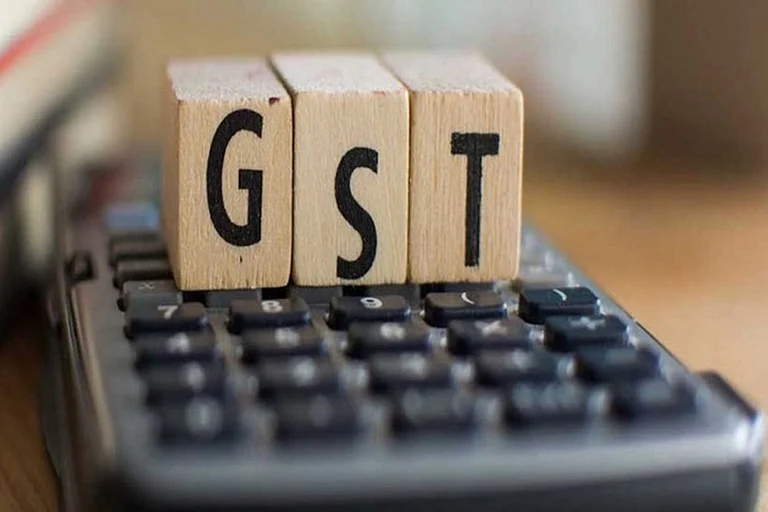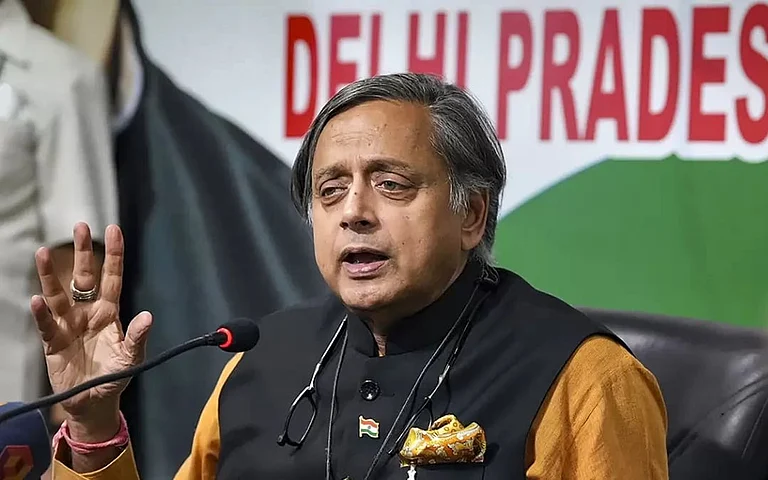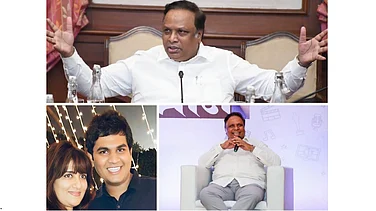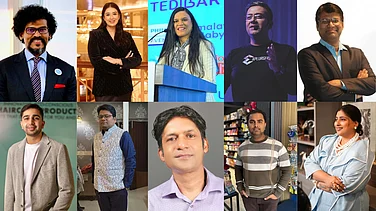As India’s most transformative indirect tax reform completes eight years, the journey of GST is closely mirrored by professionals who have helped implement, shape, and decode it. One such voice is that of CA Aditya Agarwal, Co-Managing Partner at Mahesh K Agarwal & Co., who entered the profession just as GST was conceived. In this conversation, he reflects on India’s evolving tax framework, the profession’s transformation, and his own aligned growth as a legal and compliance advisor in the indirect tax space.
Q1: Your career began on the eve of GST’s rollout. What was that phase like for a young professional?
Yes, I qualified as a Chartered Accountant in 2016 and began my career with Ernst & Young (Indirect Tax vertical). By mid-2017, GST was imminent. I transitioned from EY in May 2017 and joined Mahesh K Agarwal & Co. as Co-Managing Partner, just weeks before GST went live.
The period was extremely dynamic. We were witnessing the end of legacy laws like excise, VAT, and service tax, and stepping into a unified regime. There was policy confusion, IT infrastructure chaos, and legal ambiguity. It required deep reading, clarity in thought, and calm execution. Those early days laid the foundation of my current practice philosophy — compliance through clarity, not fear.
Q2: Eight years on, what are the key shifts you’ve witnessed in GST from your vantage point as an advisor and faculty?
The GST journey has been technologically transformational. We've moved from multiple return forms and poor filing interfaces to real-time e-invoicing, automated reconciliations, and AI-based scrutiny.
As a practitioner, my focus evolved from initial implementation to compliance strategy, GST litigation advisory, and audit preparedness. I have had the privilege of:
Serving as a Special Invitee to the GST & Indirect Tax Committee of ICAI across multiple terms.
Advising various Trade Associations and Chambers.
Being a regular faculty for ICAI, ICSI, and ICMAI, guiding members and students across India.
What began as return-filing assistance has now matured into legal interpretation, handling of departmental notices, appeals, and policy interface.
Q3: What have been GST’s real achievements in the last eight years?
📊 GST Milestones at a Glance:
Aspect | Transformation |
National Market Unification | Abolition of state levies created seamless inter-state commerce. |
Revenue Strength | Monthly GST collections have now consistently crossed ₹1.7–2.0 lakh crore. |
Digital Filing Infrastructure | Over 95% digital penetration; e-invoicing and e-way bills scaled nationwide. |
Compliance Base Expansion | Registered taxpayers grew from 65 lakh (2017) to 1.5 crore+ (2025). |
These outcomes reflect not just systemic design but execution by taxpayers and guidance by professionals. It’s a collective achievement.
Q4: Where does the regime still struggle, especially from a litigation or procedural perspective?
Despite significant progress, litigation and procedural rigidity remain pain points:
Ambiguities in ITC eligibility continue to generate disputes.
Delayed formation of the GST Appellate Tribunal is overburdening High Courts.
Audit triggers based on algorithmic red flags often target compliant businesses.
Excessive dependency on procedural adherence, such as invoice timing and return matching, sometimes overrides substance.
These issues form the core of my GST litigation advisory practice today. We routinely represent clients before adjudicating authorities, assist in drafting appeals, reply to SCNs, and navigate advance rulings and circular clarifications.
Q5: How do you see your professional values aligning with the ethos of GST?
The GST Council has met over 55 times — most decisions passed through consensus. This spirit of cooperative federalism resonates with my approach.
As a professional, I believe in:
Educating over alarming, especially during audits or assessments.
Proactive compliance reviews, so clients don’t land in post-facto damage control.
Upholding professional integrity and independence, even when advising politically-affiliated trade cells.
Q6: How has the role of a Chartered Accountant transformed in the GST era?
Dramatically. The CA today is no longer just a return-filer or consultant — they are:
Policy influencers, especially via ICAI platforms.
Technology interpreters, helping clients adapt to portal-driven compliance.
Litigation guides, advising on departmental audits, SCNs, and appeals.
Public educators, simplifying complex laws through seminars, media appearances, and knowledge-sharing.
Personally, I've had the honour of contributing via:
Television commentary (NDTV, AajTak, CNBC, News X, Economic Times,ET Wealth and Dainik Bhaskar )
Industry seminars (RATA, AESA,DETA,ICSI,ICMAI, ICAI branches across India)
Knowledge leadership (Webinars, courses, trade association advisory boards)
Q7: What is the road ahead for GST?
The next phase should focus on simplification and legal certainty:
Reduce to a 3-slab rate structure (5%, 15%, and 28%)
Phase inclusion of petroleum products under GST (starting with ATF)
Operationalize the GST Appellate Tribunal
Simplify returns further, perhaps moving to a unified quarterly return for micro-taxpayers
Clarify grey-area ITC rules, including slump sale, health insurance inputs, and employee benefits
GST is evolving — but so must our professional response. Litigation is no longer an exception; it is a growing vertical. Advisory needs to be law-rooted yet commercially aware. And compliance must become preventive, not reactive.
Conclusion
Eight years in, GST remains India’s boldest tax experiment. It has formalised trade, improved revenue buoyancy, and digitised compliance at scale. Yet, it is professionals like CA Aditya Agarwal, who have stood at the intersection of law, policy, and practice, that ensured the reform was implemented in both letter and spirit.
"The law may be centralised, but the solution must be customised. GST is a living tax — and professionals must stay agile, informed, and independent."
— CA Aditya Agarwal, Co-Managing Partner, Mahesh K Agarwal & Co.
To learn more or get in touch, visit www.mkcacs.com.


























